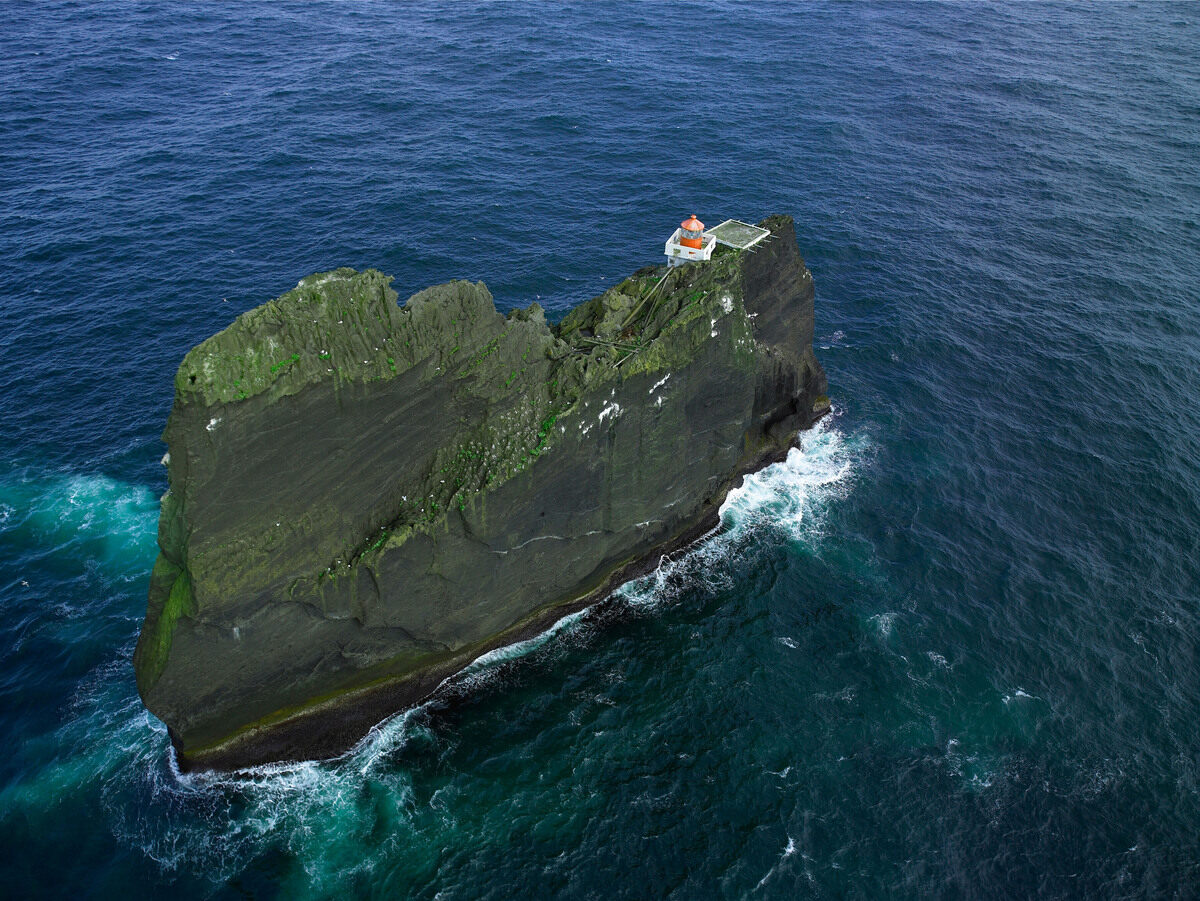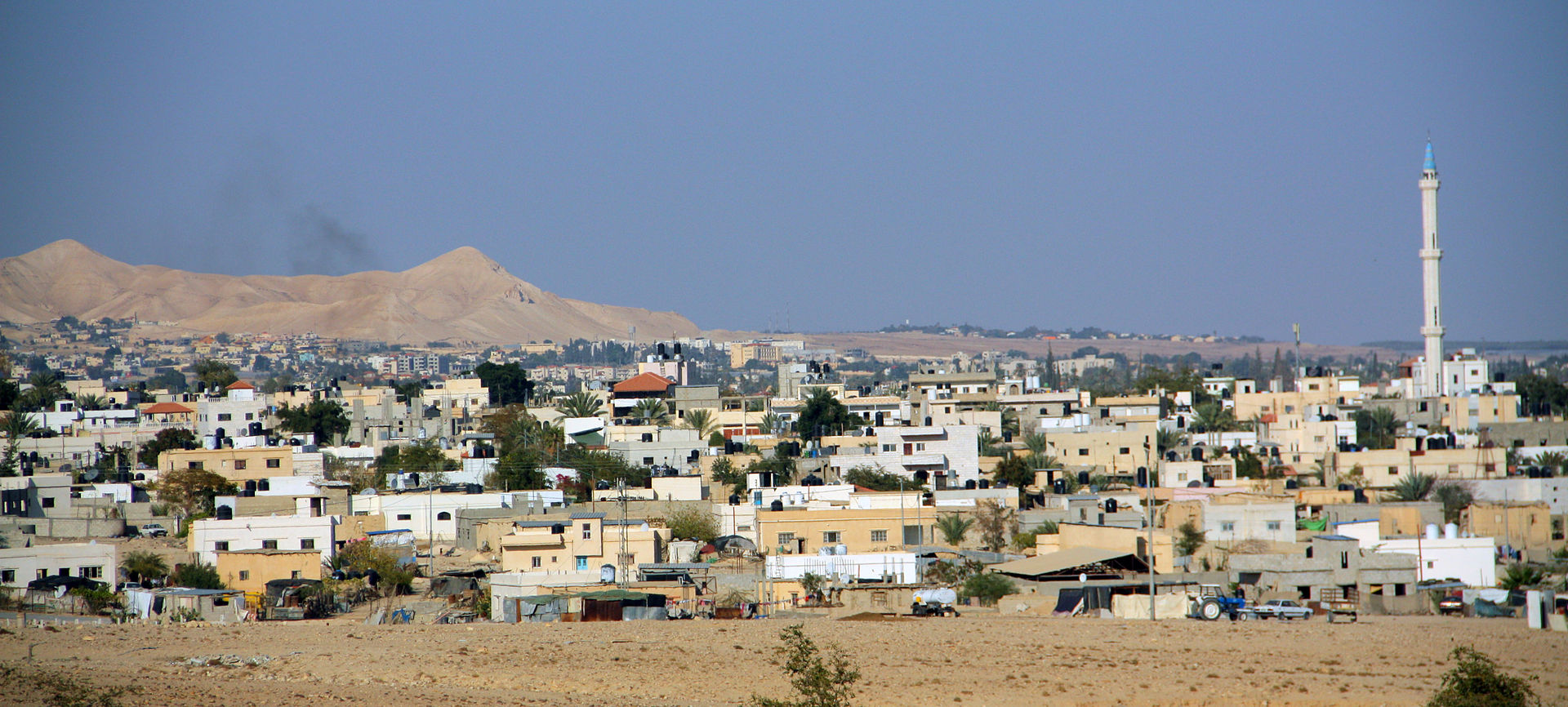Mysterious Kagami Numa Lake Known as a "Magical Dragon’s Eye"
| What Are The Most Isolated Lighthouses In The World? | |
| Best and Most Luxurious Cave Hotels in Cappadocia, Turkey for Travellers | |
| Top 10 Oldest Inhabited Cities In The World |
Surrounded by a dense forest of maple trees, Kagami Numa is one of the many volcanic lakes located along the nature trail of Mount Hachimantai in Japan. At first glance it looks like a simple body of water, a small pond that dries up in summer and freezes over during winter. This is no simple body of water - in Spring it turns into a mysterious and fascinating wonder. When Winter snow begins to melt, the ice forms a small central island surrounded by a ring of water that looks strikingly like a large Dragon's Eye.
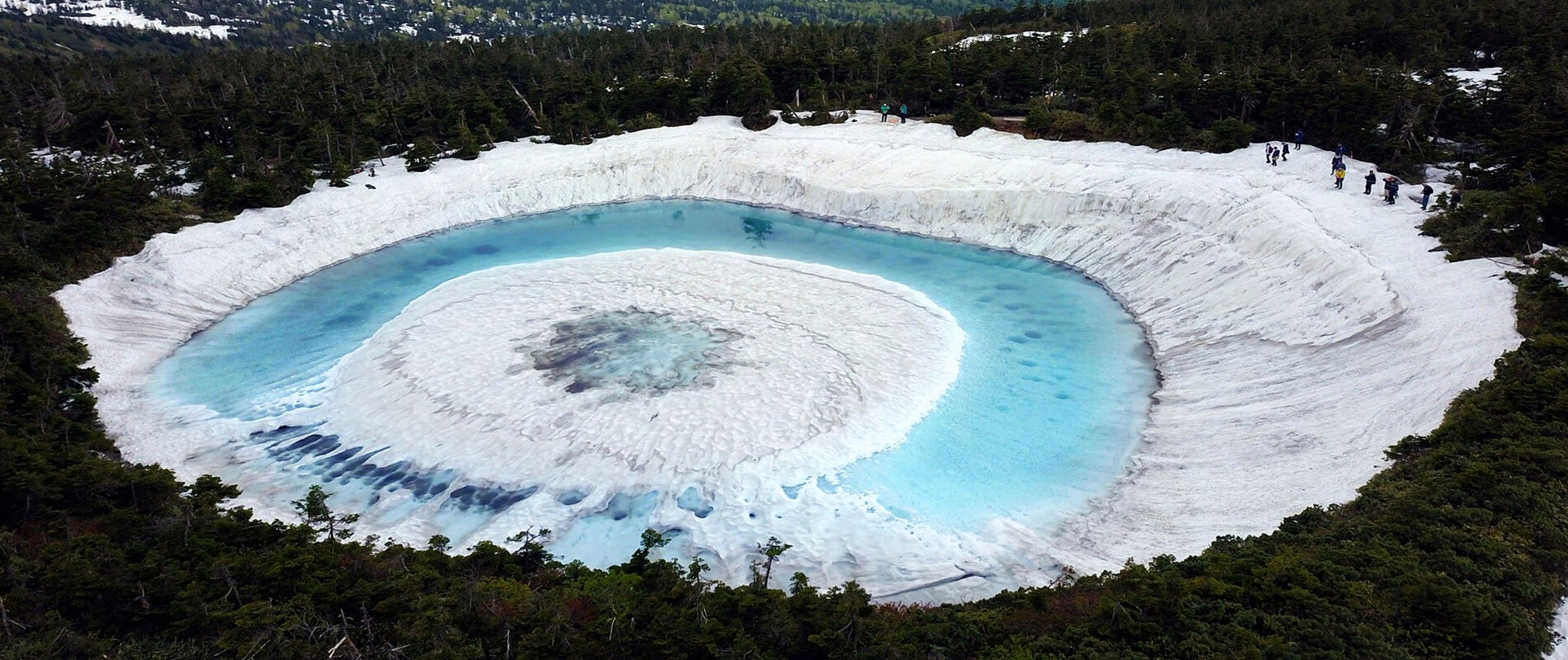 |
| Photo: Mybestplace |
Although many people choose to believe the legend of the lake over science, when it comes to explaining its eye-like shape, the magic does have a plausible explanation. During the spring thaw, pressure from the water’s depths causes the snow to gather only in the middle of the lake, creating a pupil-like shape with a ring of blue water around it.
Each winter, ice forms atop the Kagami Numa lake and snow piles over its frozen surface. During the spring thaw, pressure from the water’s depths causes the snow to form only in the middle of the lake, transforming the circular lake’s appearance into a giant eye with a ring of open water around its melted “pupil”. The annual phenomenon lasts barely a week between late May and early June just before the ice melts entirely.
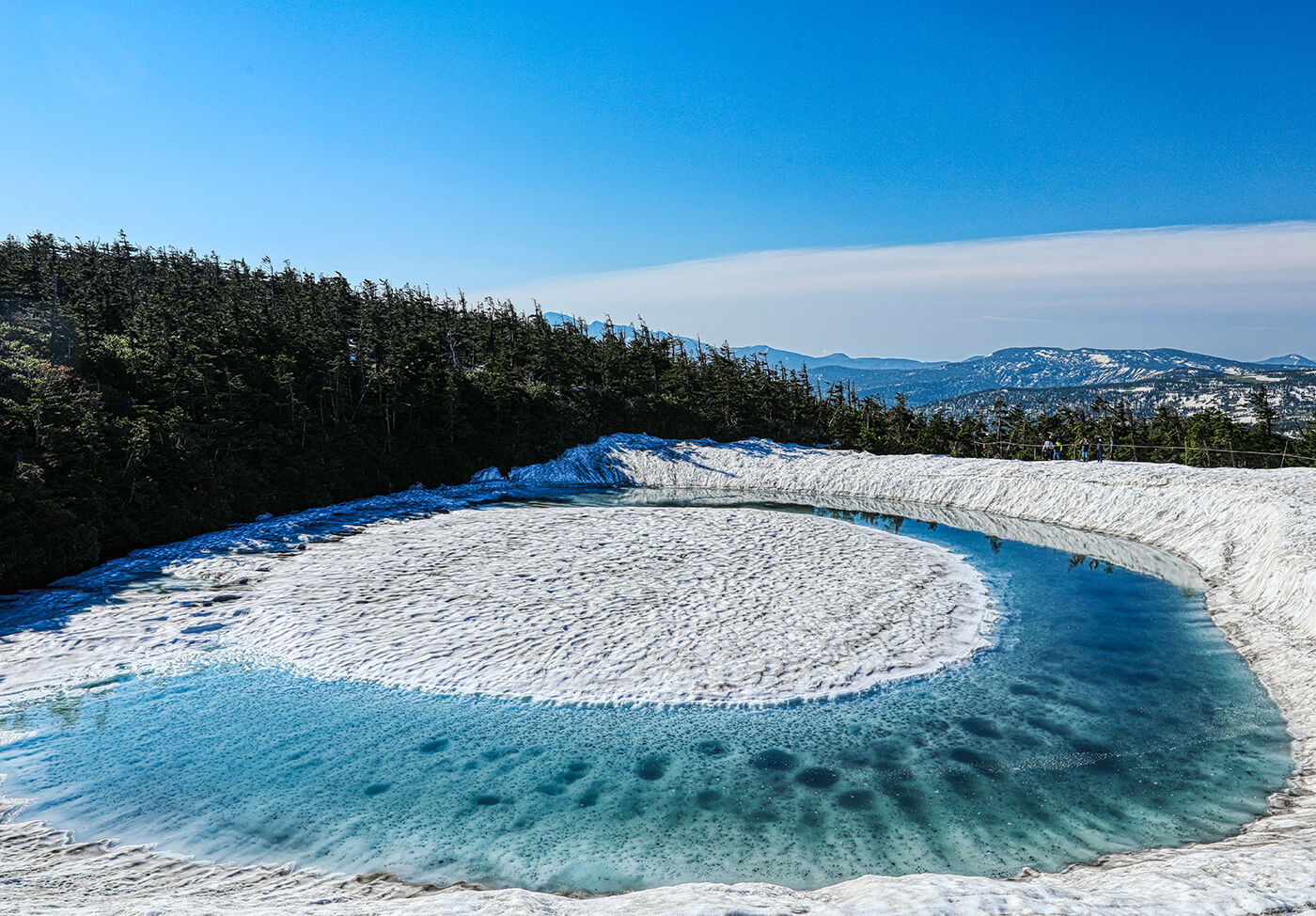 |
| Photo: Mybestplace |
This beautiful phenomenon lasts only one week, giving viewers a short window of time from the last days of May to early June. If it is windy, the circle of ice rotates giving the impression of a moving pupil, further confirming the name Dragon Eye. The legend of this place also refers to two dragons in love, two separate lovers who chose this lake as a meeting spot.
The unique sight went viral in 2016 when a tourist took a photo of the white doughnut-shaped ring and called it the “dragon eye” on social media. Ever since, tourists from around the world have come to marvel at its translucent water.
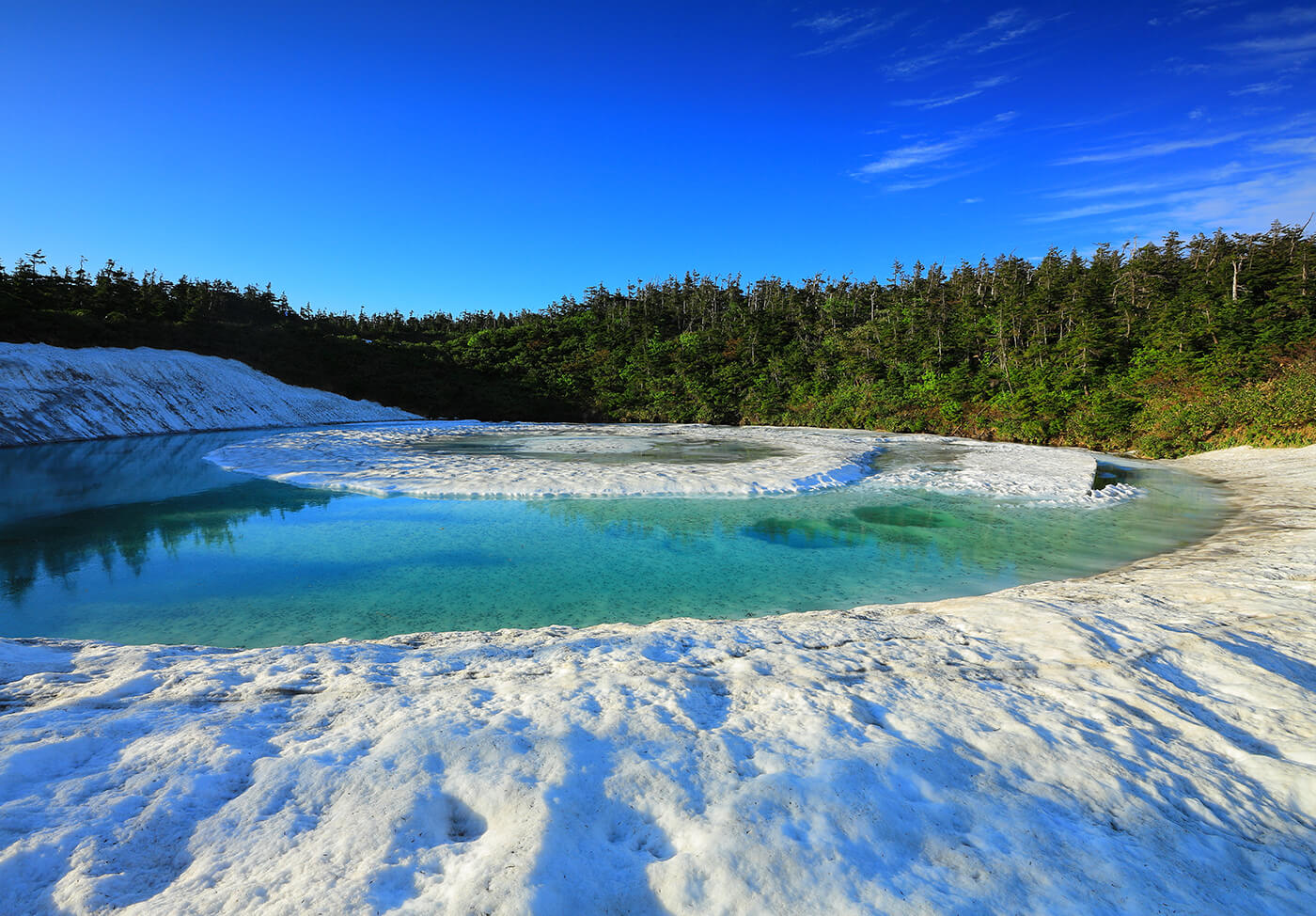 |
| Photo: Mybestplace |
Interestingly, dragons have long held a place in Japanese legend, and the site is said to be where a young man transformed into a dragon after drinking from a nearby pond. The love he shared for another human-turned-dragon banished to the opposite side of the mountain is believed to be what keeps the lakes in the area from completely freezing over during the late springtime. Today, some visitors even provide offerings to the dragon gods of the area.
Kagami means "mirror", but the lake is generally referred to as Kagami Pond, or "mirror of water", an appropriate name due to the crystalline color of its waters and their property of reflecting the light of the surrounding landscape. The lake is located on a plateau at 1613 meters high, just on the border between Akita, Iwate and Honsh?. It is a popular seasonal attraction, and thanks to social media has also become a must see event for tourists from all over the world.
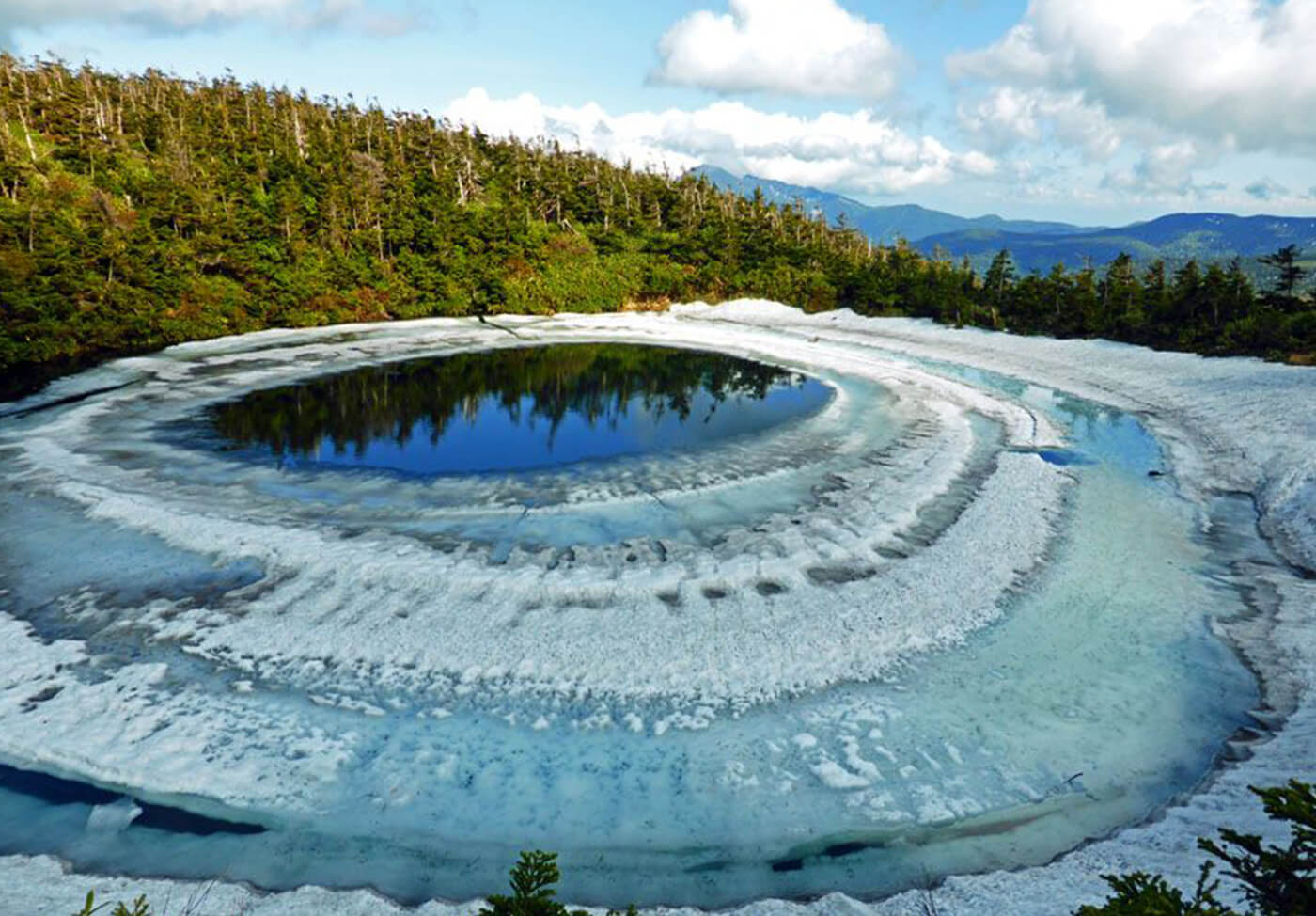 |
| Photo: Mybestplace |
Attractions in Hachimantai
Hchimantai area is a mountainous terrain in the northern region of Japan, situated in the middle between Iwate and Akita prefecture. Hachimantain area is formed with a cluster of volcanoes which erupted more than a million years ago, has peaks and plateaus dotted with small crater lakes. This area is designated as a part of Towada-Hachimantai National Park.
Hachimantai area is a place where visitors can enjoy various outdoor activities; walking, hiking and climbing in the national park, and the nearby resorts are for skiing, golf, tennis, camping, and cycling.
Hiking in Mount Hachimantai
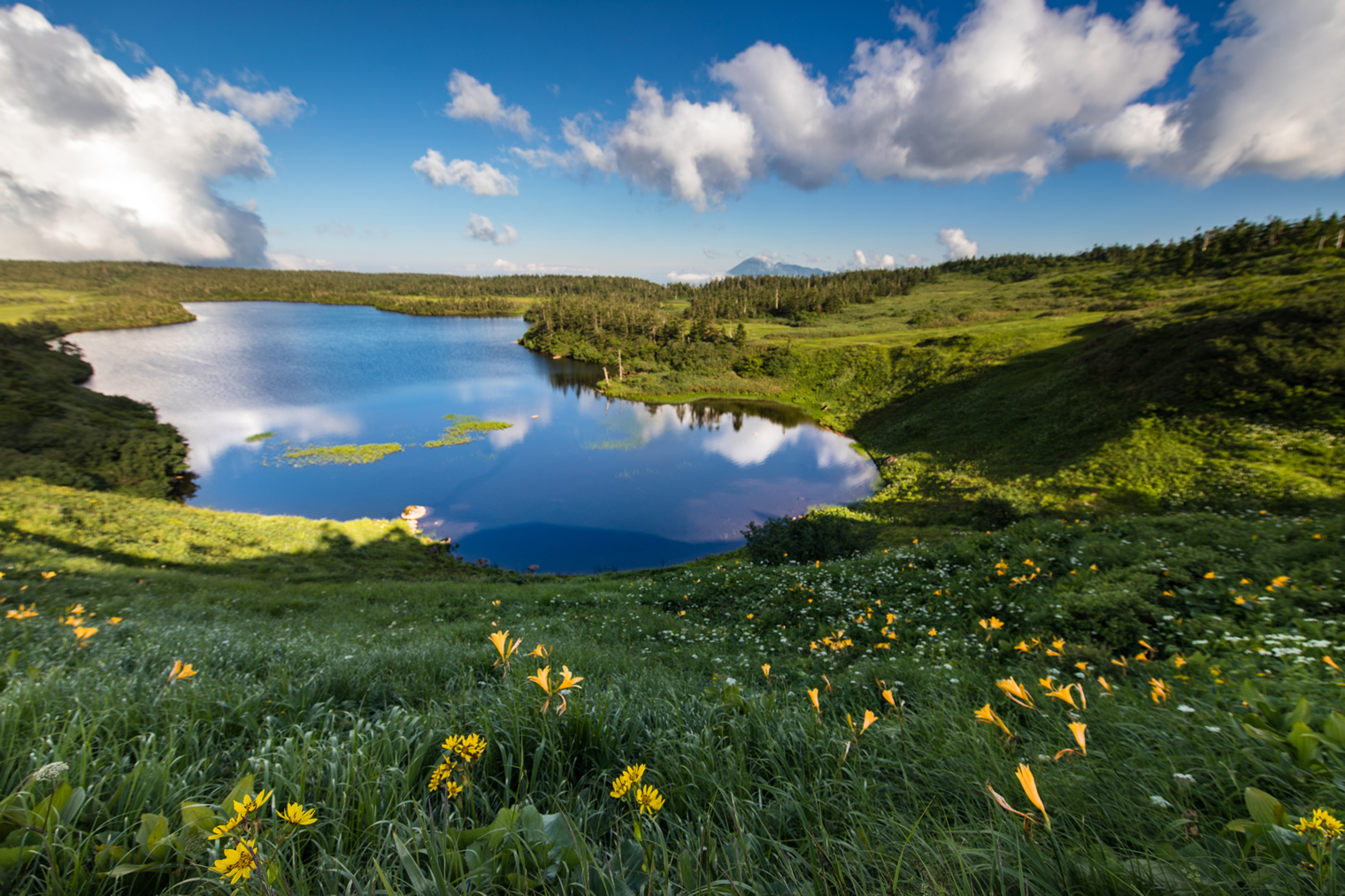 |
| Hachiman Lake (Hachiman-numa) at the top of Mount Hachimantai. Photo by Hachimantai DMO |
Hachimantai is a group of volcanic mountains, and the highest peak is called Mount Hachimantai. At the height of about 1600m, the top of Mount Hachimantai is a plateau where people can enjoy hiking on the trails.
The trails on Mt. Hachiman lead you to the "natural garden" of a hundred of different wildflowers. During the season, guided tours are available for visitors. Hiking/trekking tours with an English speaking guide may also be arranged at hotels in the nearby resorts.
Autumn-leaf viewing
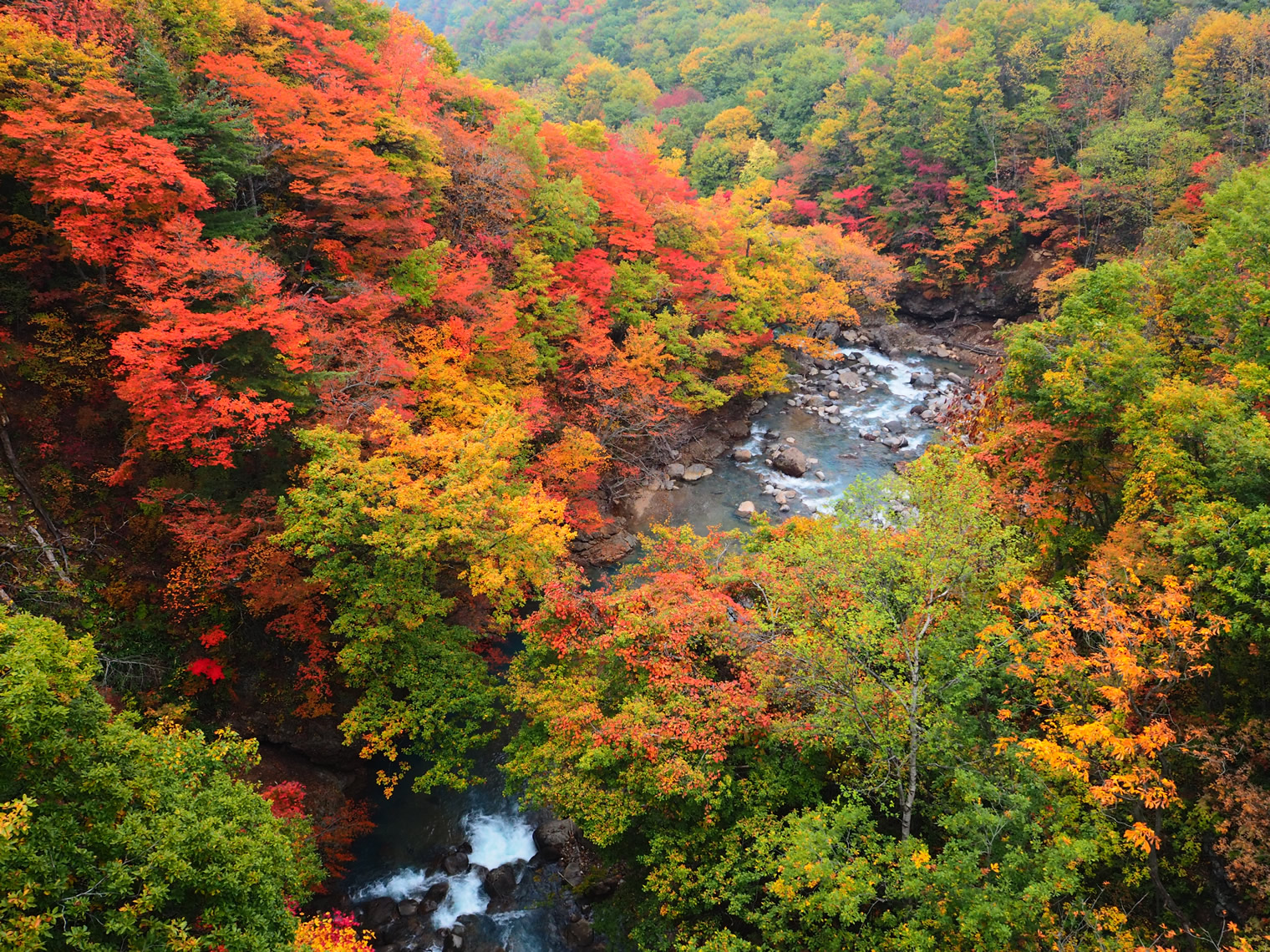 |
| A view from the bridge "Morino Ohashi" on the way to Matsukawa hot spring village. (Original photo by Hachimantai DMO) |
In late September, the season of colorful leaves begins in Hachimantai, much earlier than other regions on the mainland of Japan. Hachimantai has many scenic spots for autumn-leaf viewing, good places to go for a drive.
Snow activities and Resorts
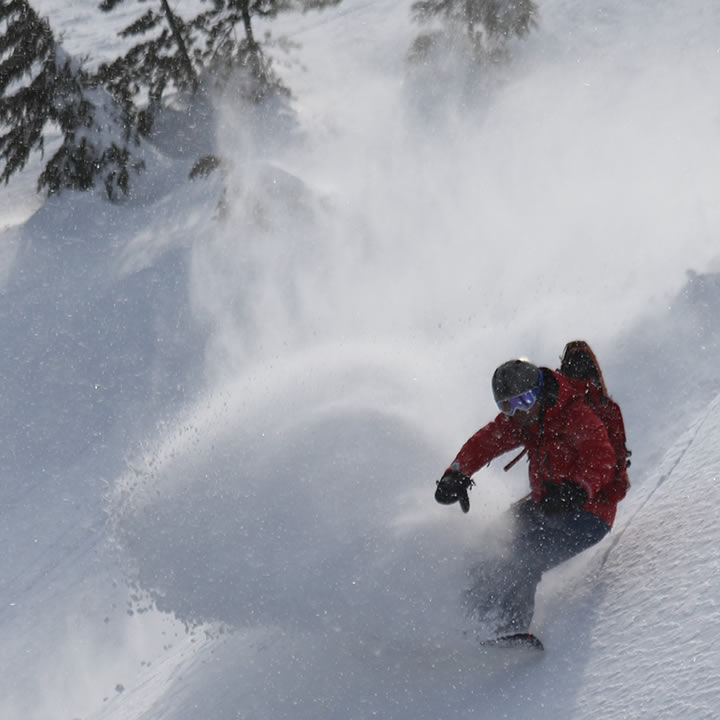 |
| Original photo by Hachimantai DMO |
Blessed with powder snow, Hachimantai area has four of well-developed ski resorts. The ski areas open from the middle of December to late March, provide various snow activities as well as skiing for both beginners and skilled skiers. Recently, backcountry skiing and snowshoeing with the guide are getting popular there.
Corridor of snow and Sakura in early spring
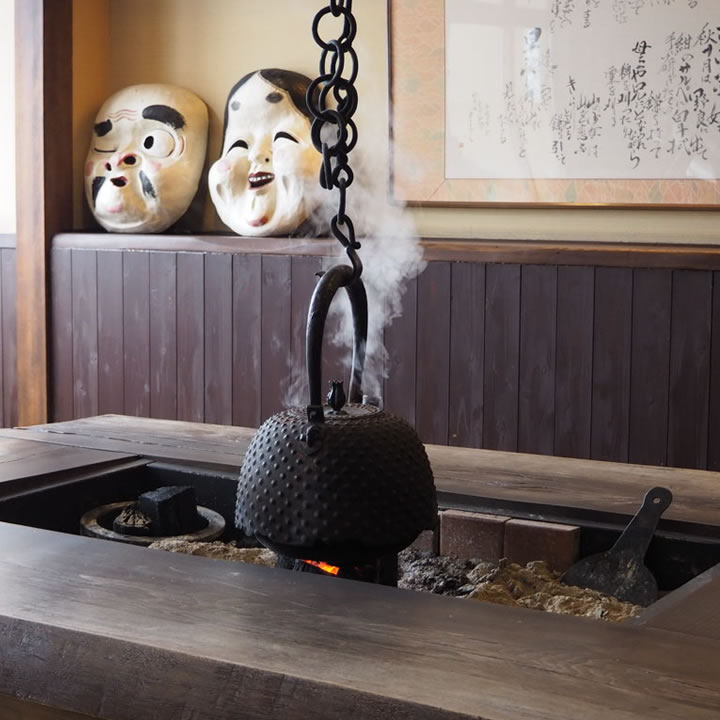 |
| A fireplace at Kyounso Japanese Inn. The Onsen hot springs spa at Kyounso is available for both guests staying at the inn and visitors. Photo: Getty |
Aspite line, the scenic road leading to Mt. Hachimantai, closes in winter around the middle of November due to heavy snow. During the winter, the layered snowfall creates a wall, reaches a height of 5m, or even 10m depending on the year.
Aspite line opens in the middle of April as "Corridor of Snow in Hachimantai" with the snow wall. The late spring coming to Hachimantai allows visitors to view of Sakura cherry blossoms and snow in the same season.
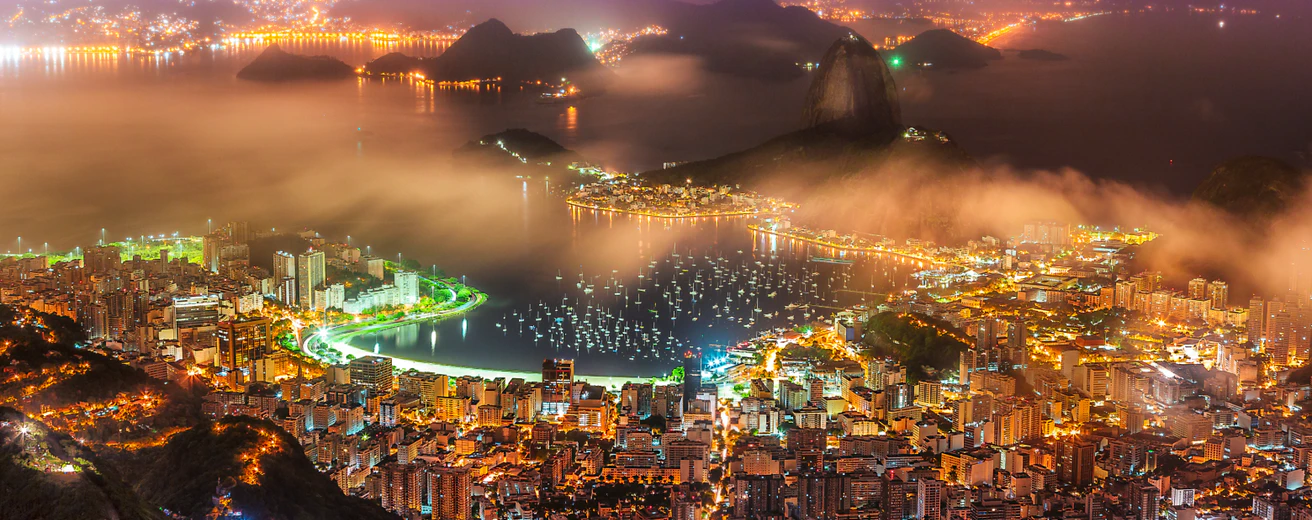 | Top 10 Perfect Destinations For Solo Travellers Travelling alone can be an exciting experience to many new travellers and adventurous lovers who seek for challenges and thrills. Here is 10 best destinations ... |
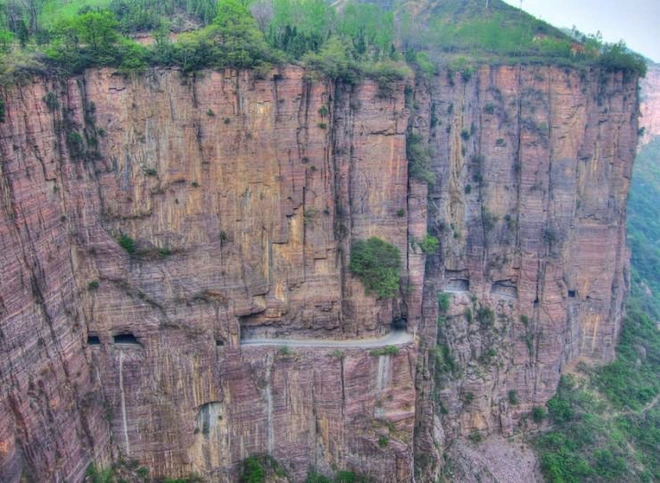 | Living On Cliffs: The Thrilling Dangers of A Chinese Village Guoliang Village (Guo Liang Cun) is an ancient village nested in the cliffs of Taihang Mountains, which used to be called "the most dangerous village," ... |
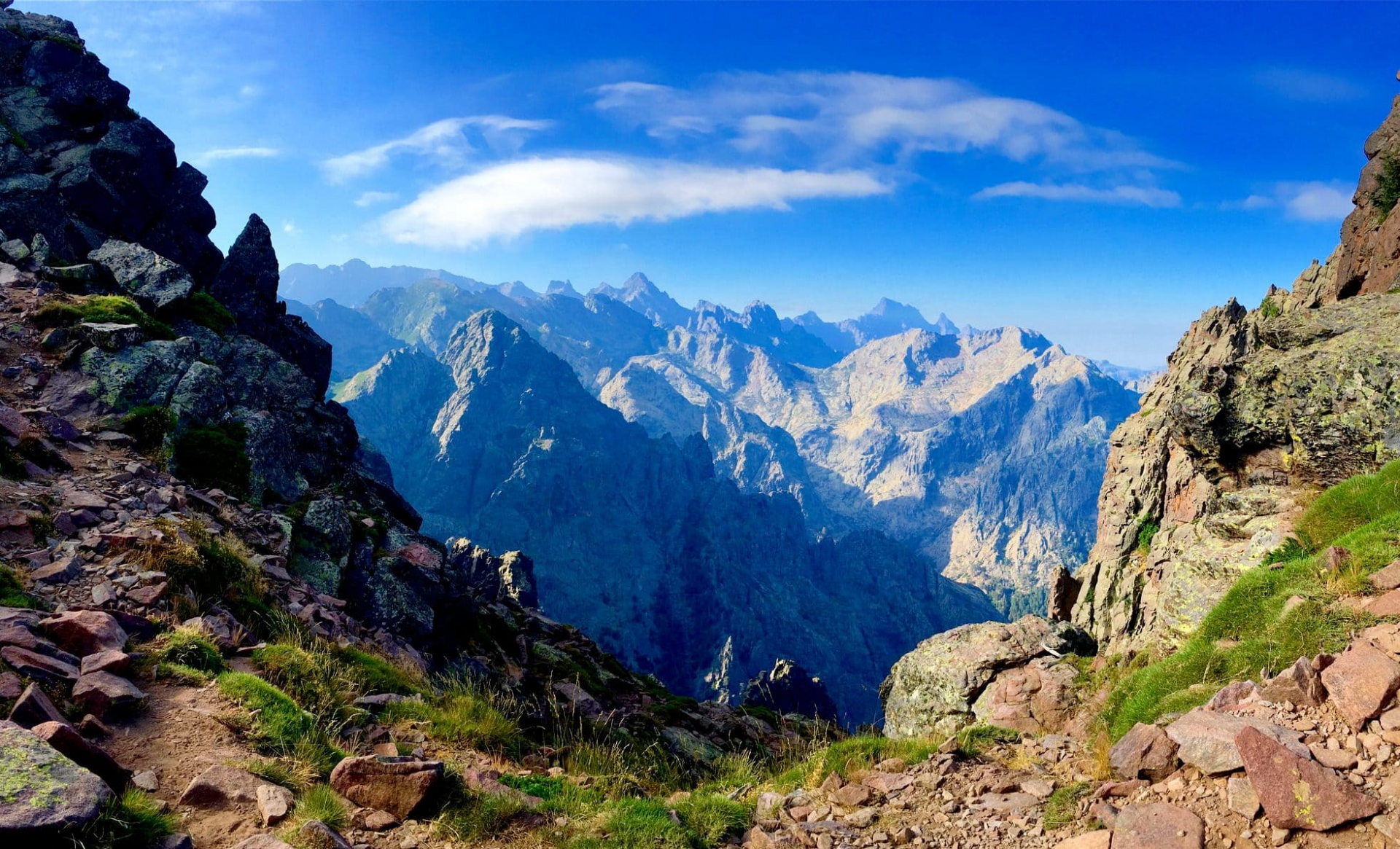 | Top 10 Best Treks In The World For Adventurous Travellers To Discover For adventurous travellers, a long walk through the forests is not exhausting at all, and find joy along the way. Here is top 10 best ... |
Recommended
 World
World
India strikes back at terrorists with Operation Sindoor
 World
World
India sending Holy Relics of Lord Buddha to Vietnam a special gesture, has generated tremendous spiritual faith: Kiren Rijiju
 World
World
Why the India-US Sonobuoy Co-Production Agreement Matters
 World
World
Vietnam’s 50-year Reunification Celebration Garners Argentine Press’s Attention
 World
World
"Will continue offering our full support to Indian govt": US FBI Director after Pahalgam attack
 World
World
"Great Leader": JD Vance Lauds PM Modi During His India Visit
 World
World
Trump’s Tariff Pause: A Strategic Move from “The Art of the Deal”?
 World
World

